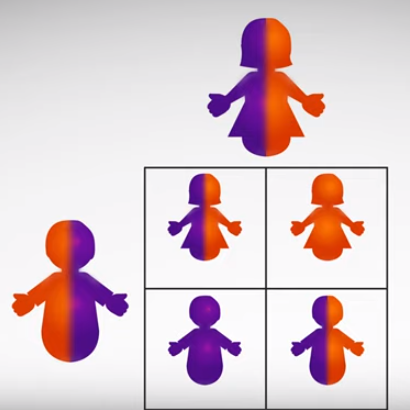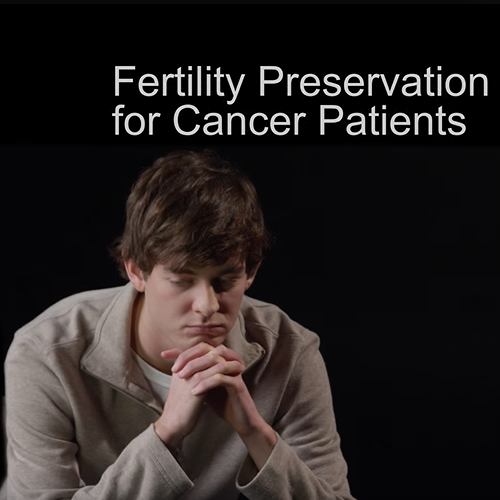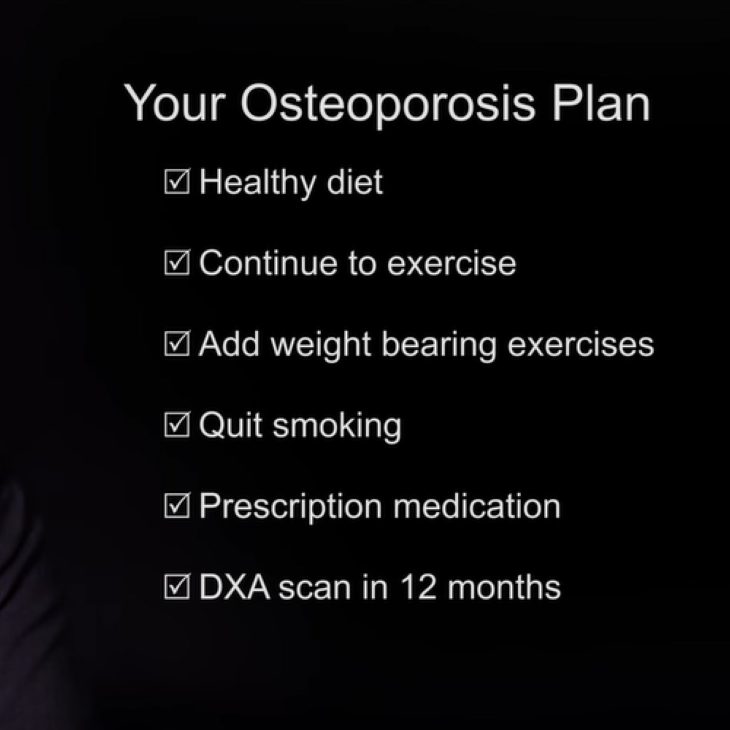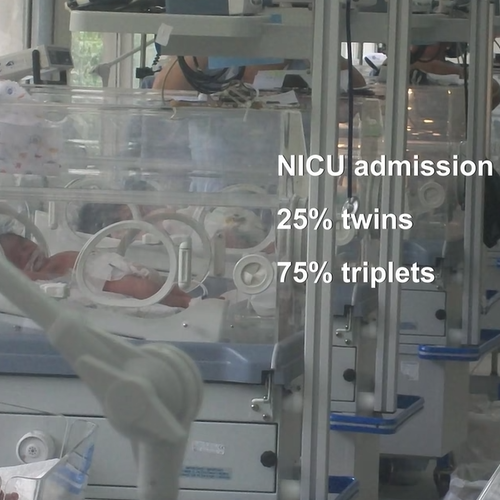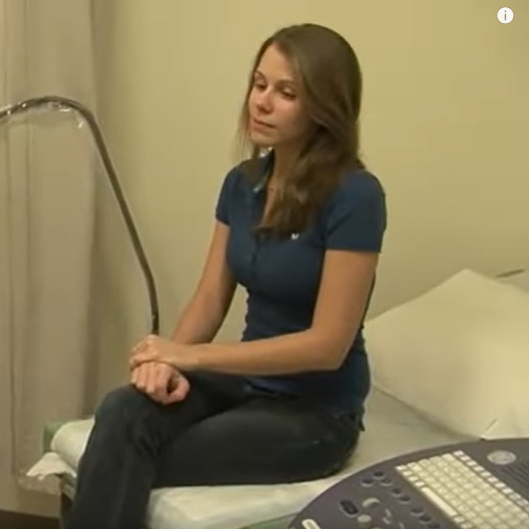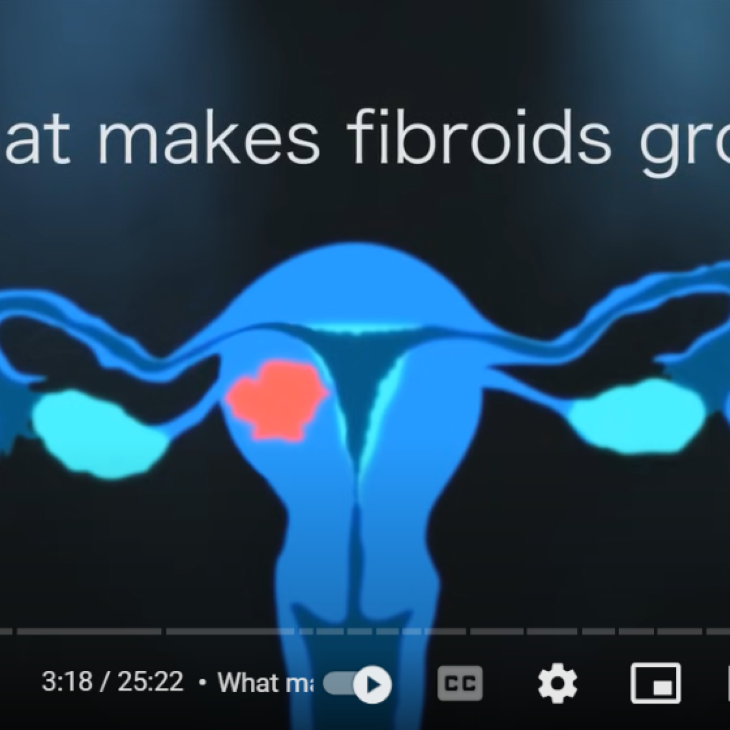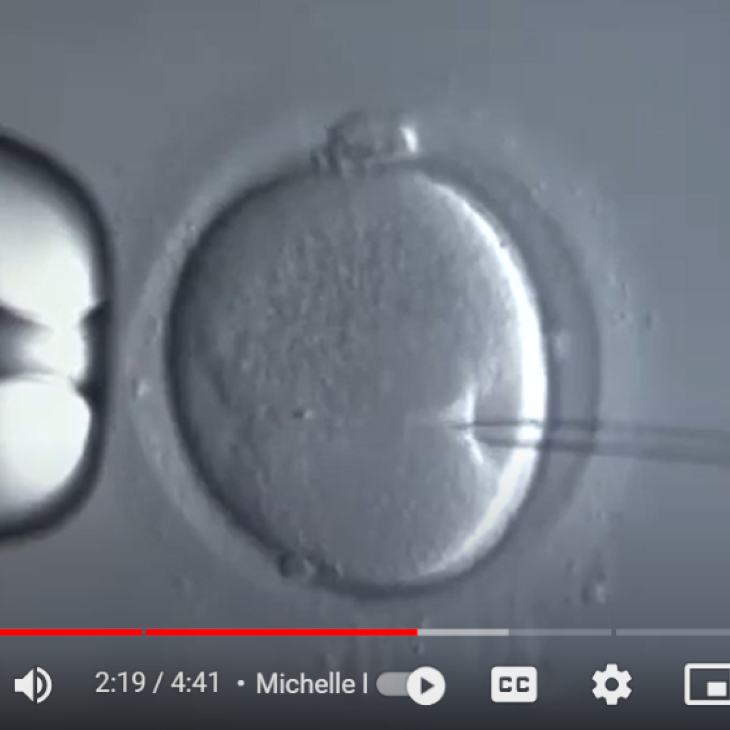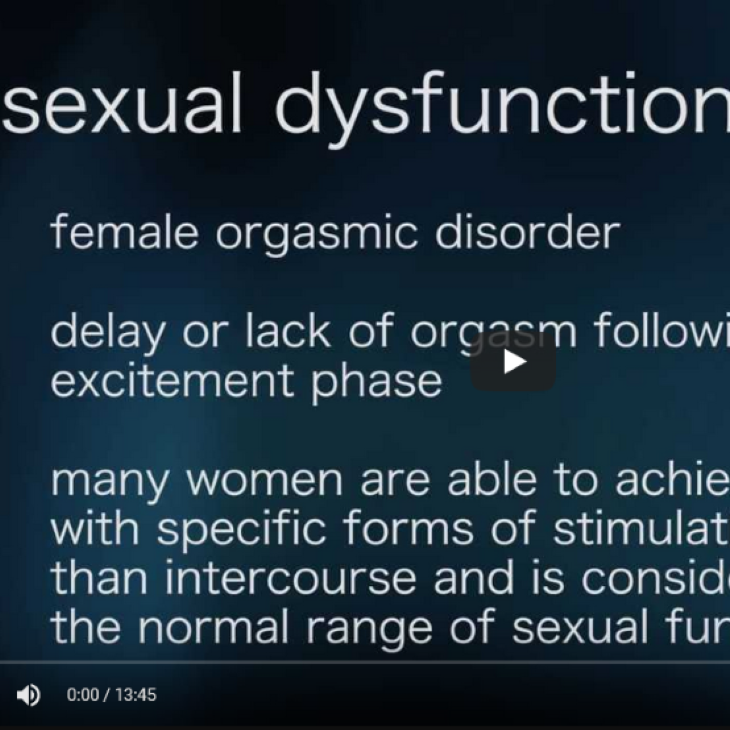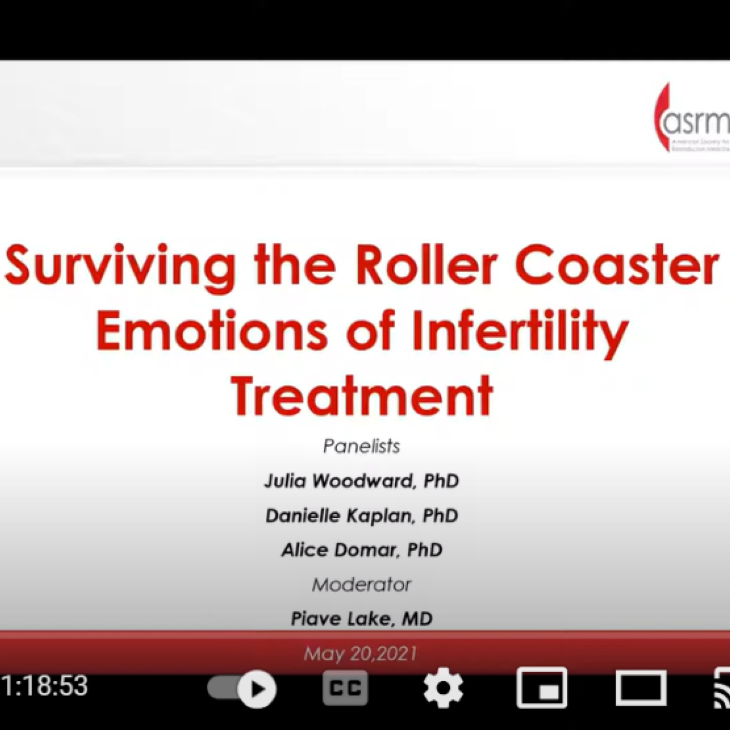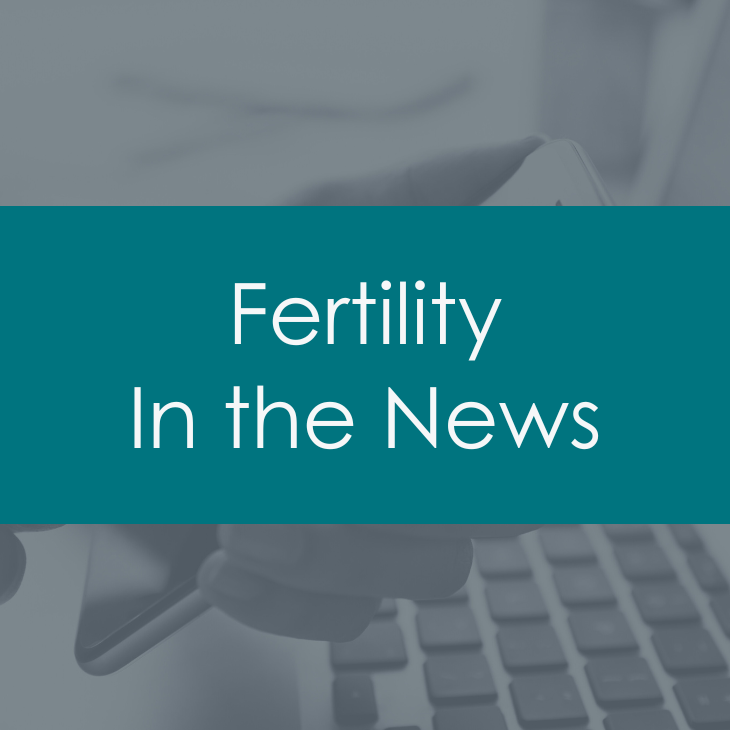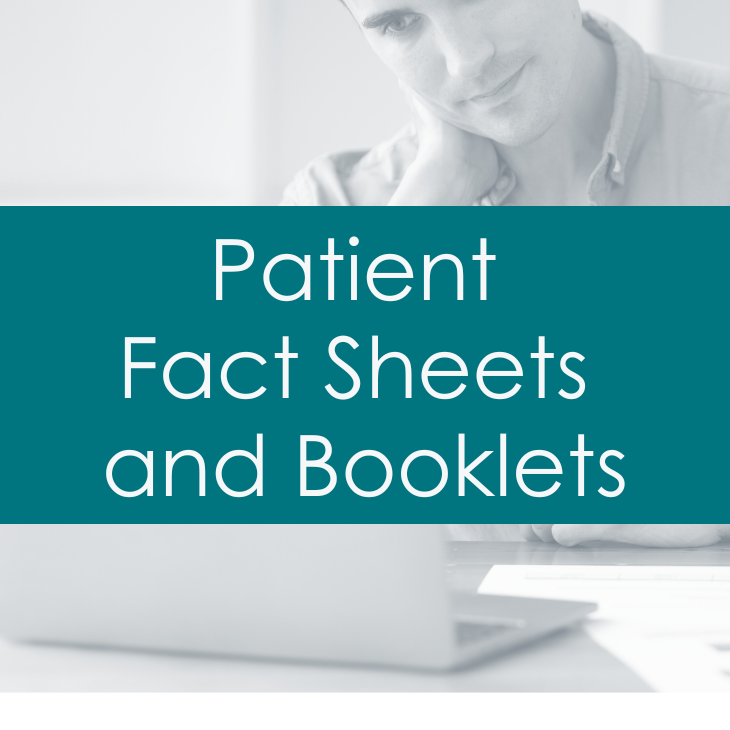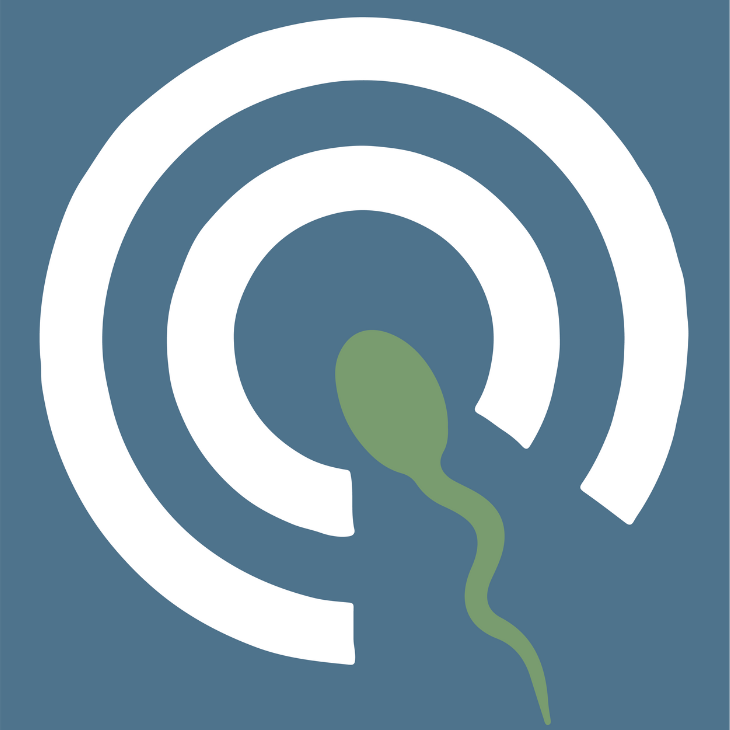
Multiple Pregnancy and Multiple Births: Understanding the Risks for Mothers and Babies
Research shows that women carrying twins and triplets are at greater risk for complications than women carrying one baby.
Transcript
Research shows that women carrying twins and triplets are at greater risk for complications than women carrying one baby.
Hi, my name is Dr. Kelly Lynch and I am a reproductive endocrinologist. My goal as to help families have healthy babies. Research shows that women carrying twins and triplets are at greater risk for complications than women carrying one baby. The purpose of this video is to help you make decisions that will help you have the best outcome.
Your risks increase with each additional fetus in the womb. These include high blood pressure, also known as preeclampsia or toxemia. This can lead to preterm birth and a variety of other serious health complications. Gestational diabetes, or high blood sugar, is also more common with multiple pregnancies. You may be more likely to experience nausea and vomiting in early pregnancy. Problems related to the placenta are more common.
For babies, many problems are the result of being born prematurely.
This chart highlights the risks to babies in a multiple pregnancy. As you can see, they are more likely to be born prematurely, have a lower birth weight, and are at increased risk for cerebral palsy and death in the first year of life.
Some of the specific complications associated with prematurity include damage to the retina which causes poor vision, chronic breathing problems, and intestinal problems.
Twins are the most common multiple birth, and twins have a high risks of prematurity, NICU admission, cerebral palsy and other complications.
If you take fertility medicines to conceive or transfer more than one embryo you may have a higher chance of conceiving a multiple pregnancy. The risk varies depending on the type of medication being used and your age. In general, if you are less than 38 years old, you are at increased risk for multiples with fertility treatment.
Research suggests that single embryo transfer can help avoid multiple pregnancies. If you are less than 38, the best chance of having a baby without increased risk for twins is to transfer one fresh embryo in a first cycle and if needed, followed by one embryo in a frozen cycle. For high-order multiples, a procedure called multifetal pregnancy reduction can be used to reduce the number of fetuses in the uterus, and make the pregnancy less risky for mothers and babies.
These are some helpful resources that further explain the risks associated with multiple pregnancies and births.
Multiple Births or Multiple Gestation
SART Fertility Experts - Vanquishing Multiples
Learn how a variety of factors such as geography, race, and the availability of comprehensive infertility mandates affect access to effective infertility treatment. Listen to the EpisodeFertility Drugs And The Risk of Multiple Births
Infertility treatments that cause multiple eggs to develop make it more likely that you will become pregnant with twins, triplets, or more. This is called multiple gestation. View the Fact SheetOral medicines for inducing ovulation
Some women may need medicines to help them ovulate (release eggs). View the fact sheetSide effects of injectable fertility drugs (gonadotropins)
Gonadotropins are fertility medications given by injection that contain follicle-stimulating hormone (FSH) alone or combined with luteinizing hormone (LH). View the fact sheetMultiple Pregnancy and Multiple Births: Understanding the Risks for Mothers and Babies
Research shows that women carrying twins and triplets are at greater risk for complications than women carrying one baby. Watch VideoMultiple Pregnancy
Multiple Pregnancy is a pregnancy that includes more than one fetus and is much more common today than in the past. As attractive and efficient as a multiple pregnancy may sound, there can be significant risks associated with carrying, delivering, and raising multiple children. The goal is one healthy baby at a time. Watch VideoMultiple Pregnancy and Birth: Twins, Triplets, and High-order Multiples (booklet)
Multiple births are much more common today than they were in the past. Read the bookletMultiple Births or Multiple Gestation Infographics
ASRM has prepared infographics to illustrate the subject of Multiple Births or Multiple Gestation better. View the infographicsVideos
Resources For You
Find a Health Professional




